| The peace
talks were held
at Paris, France World War I ended with an armistice (an agreement to stop fighting) in November, 1918. The Allied Powers began a series of meetings to write peace treaties with the defeated nations. These meetings were held in Paris, the capital of France. The most important of the treaties was the one with Germany. It was signed in Versailles, France, just outside Paris, and is called the Treaty of Versailles. (pronounced: Ver-sigh) France, Great Britain, and the United States played the main role in the peace talks and in the writing of the Treaty of Versailles. Germany was not allowed to take part in the talks. |
President Wilson came
with his Fourteen Points President Woodrow Wilson represented the United States at the peace conference. He brought a list of his proposals, called the Fourteen Points. Wilson wanted a peace treaty that would be fair to all the nations, and not try to punish any particular nation for causing it. His 14 proposals were focused mainly on ideas to reduce future conflicts. The last item on the list called for the creation of a League of Nations. This organization, he said, would be a place where nations could talk through international problems, rather than going to war. The photo shows President Woodrow Wilson and his wife arriving at Versailles, just outside Paris. |
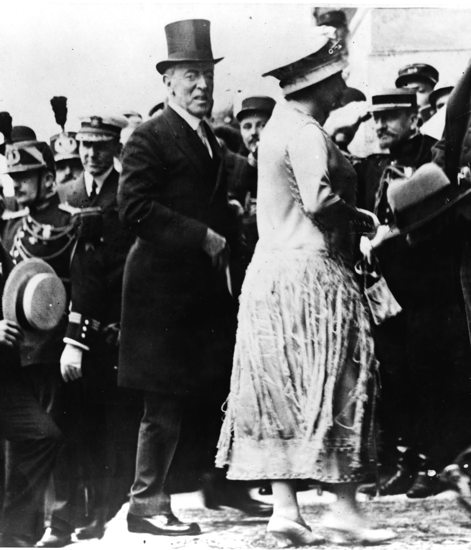 |
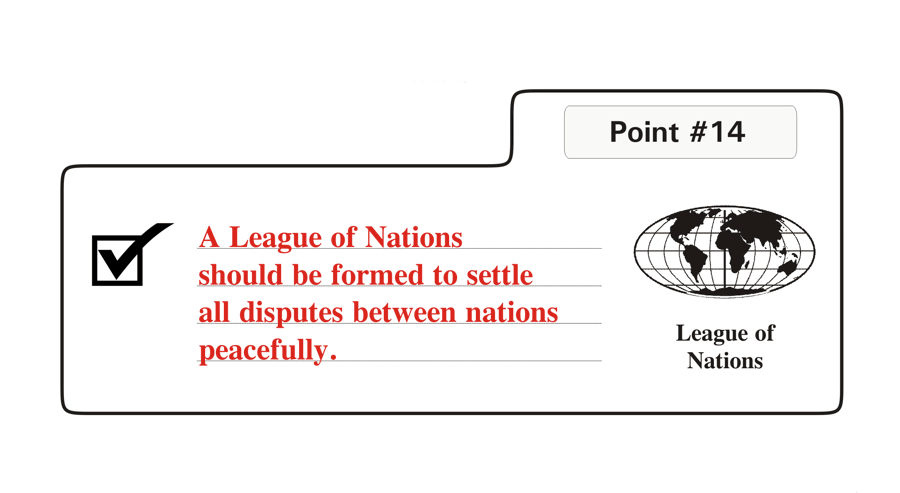 |
The
Treaty of Versailles
was harsh toward Germany The final treaty did keep some of Wilson's Fourteen Points, including his proposal for the creation of a League of Nations. France, however, wanted Germany punished for the destruction its armies had caused. It also wanted Germany reduced in power so it could never threaten France again. The final treaty put very harsh conditions on Germany. For example, the final treaty said Germany had to:
The reparations payments France wanted from Germany totaled in the billions of dollars. |
|
Germany
protested, but had to sign the treaty
Germany protested against the harsh terms of the Treaty of Versailles. Their only choice, however, was to sign the treaty or face the possibility of an invasion by the Allied armies. The old newspaper photo below shows the signing ceremony in June, 1919, in the Palace of Versailles. Below the photo is the front page of an American newspaper. |
Now here's a surprise!
The
U.S. Senate rejected
the Treaty of Versailles In an odd twist of history, the United States ended up NOT being part of the Treaty of Versailles, and did NOT join the League of Nations. The U.S. Senate refused to ratify (approve) the treaty that President Wilson helped write and which he signed. The Senate, which is part of the U.S. Congress, has the power to approve or reject any treaty involving foreign countries. Many senators feared that approving the treaty and joining the League of Nations might drag the U.S. into some future world conflict. This was all a sign that with the war over, many Americans wanted to return to a foreign policy of isolationism. Isolationism means a policy of not getting involved in disputes of other nations. (In the newspaper headline, "Lodge" was Senator Henry Cabot Lodge.) |
|
The League of Nations The League of Nations began holding its meetings in Switzerland in 1920. The photo shows one of its main buildings. The League accomplished many good things during the 1920s and 1930s. For example, it worked to end slavery in some parts of the world where it still existed. The League was unable, however, to stop the events that led to World War II in Europe. |
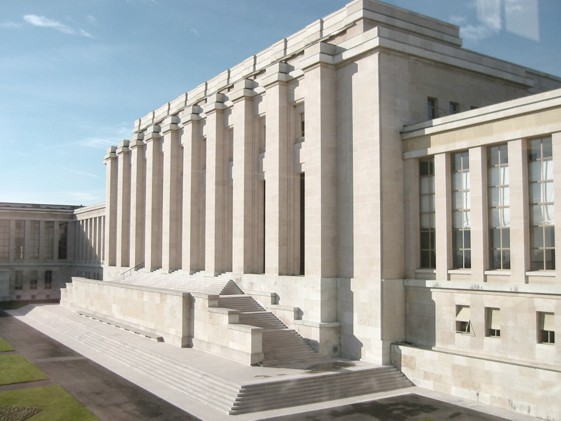 The
old League of Nations
building in Geneva, Switzerland |
|
Still, it
was an important first step
The photo shows a meeting of the League of Nations in Switzerland in 1936. The League failed in its main goal of preventing future wars, but it is still considered very important in history. It was a first attempt to create a better way - an organized way - for the world's nations to try to solve international problems. |
|
The League
of Nations was replaced with a new organization in 1946
The League of Nations stopped meeting during World War II. As that war ended, the United States took the lead in creating a new international organization. It is called the United Nations. The UN headquarters building is located in New York City. It is a place where the nations of the world meet peacefully to try to solve their disputes. The United States is a member of the United Nations. |
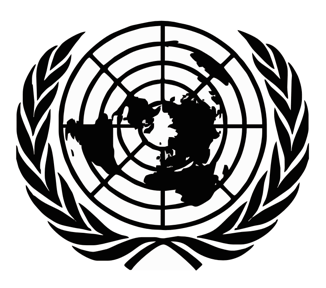 |
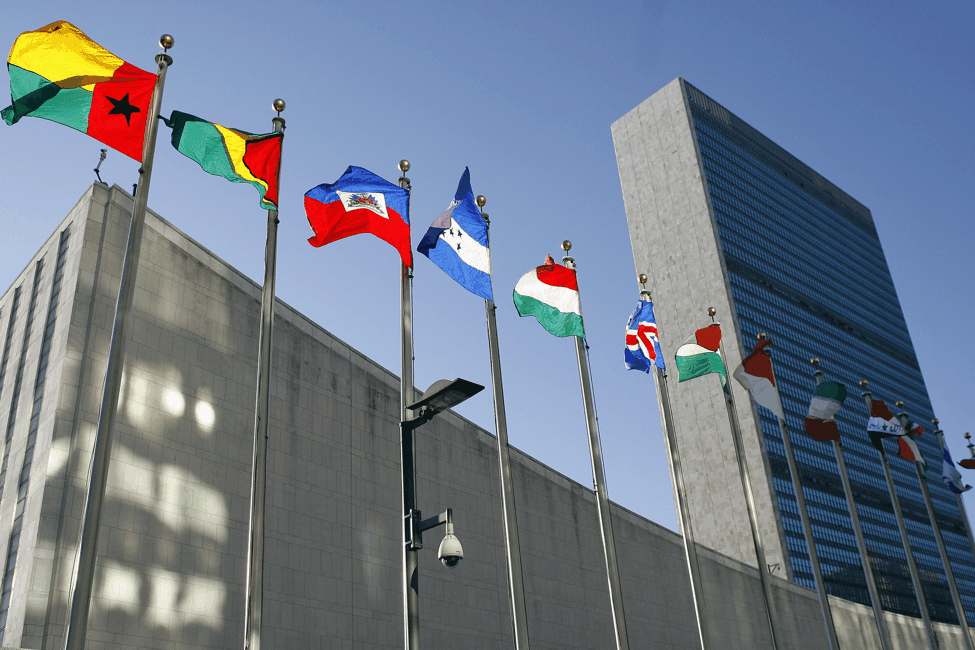
All images are from the Library of Congress, except
the peace treaty and the League of Nations building,
which are public domain images courtesy Wikipedia.
The League building photo is by German Wiki user Filzstift.
Some images have been edited or resized for this page.
|
Copyright Notice
Copyright 2012, 2016 by David Burns. All rights reserved. As a guide to the Virginia Standards of Learning, some pages necessarily include phrases or sentences from that document, which is available online from the Virginia Department of Education. The author's copyright extends to the original text and graphics, unique design and layout, and related material. |